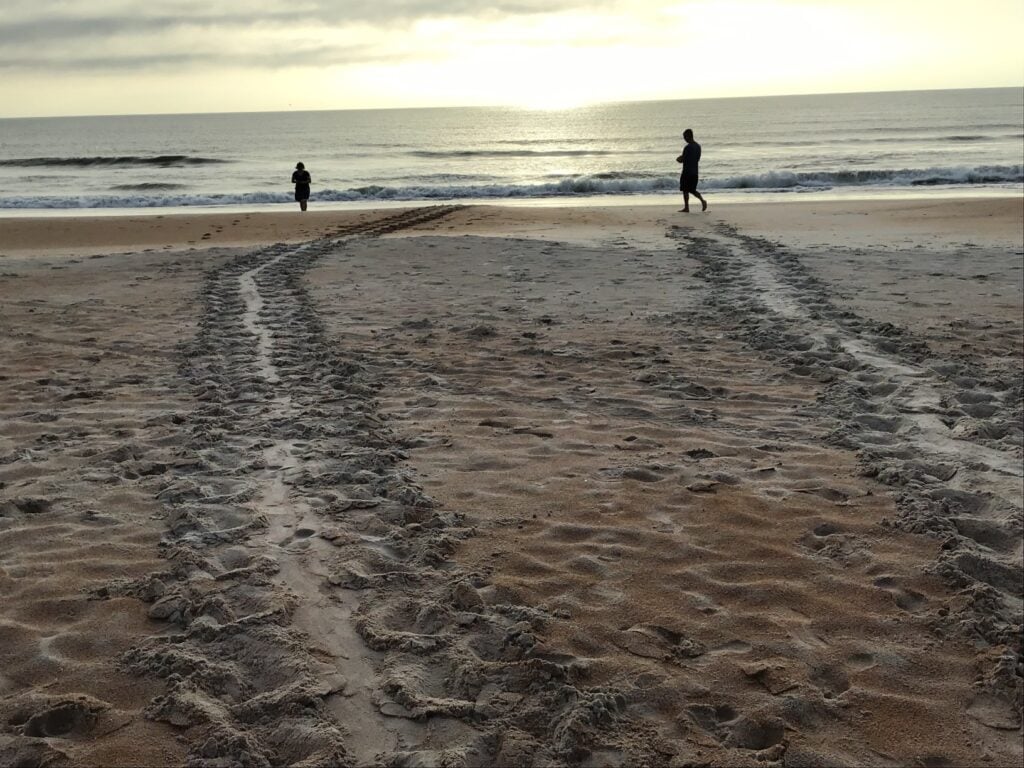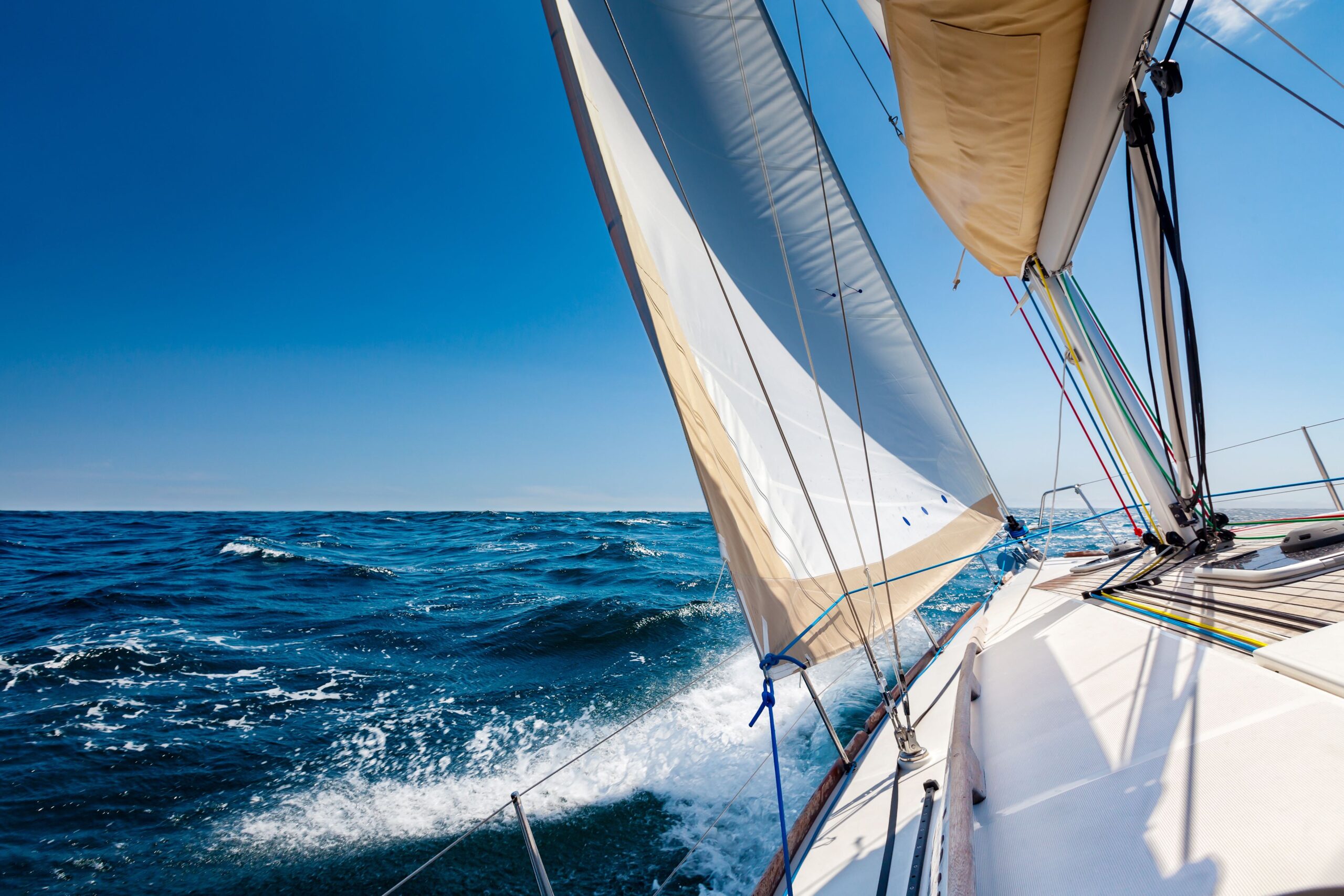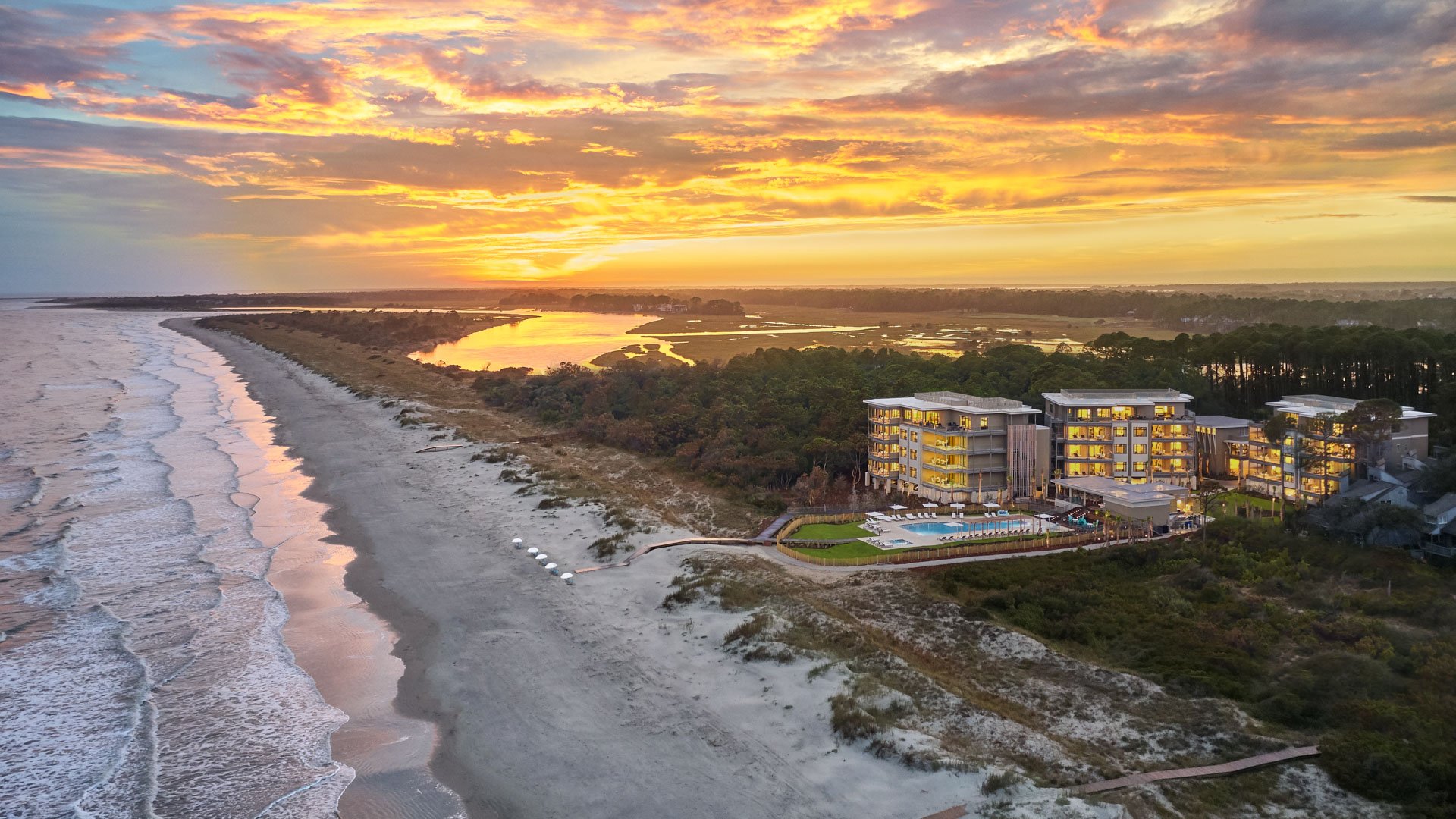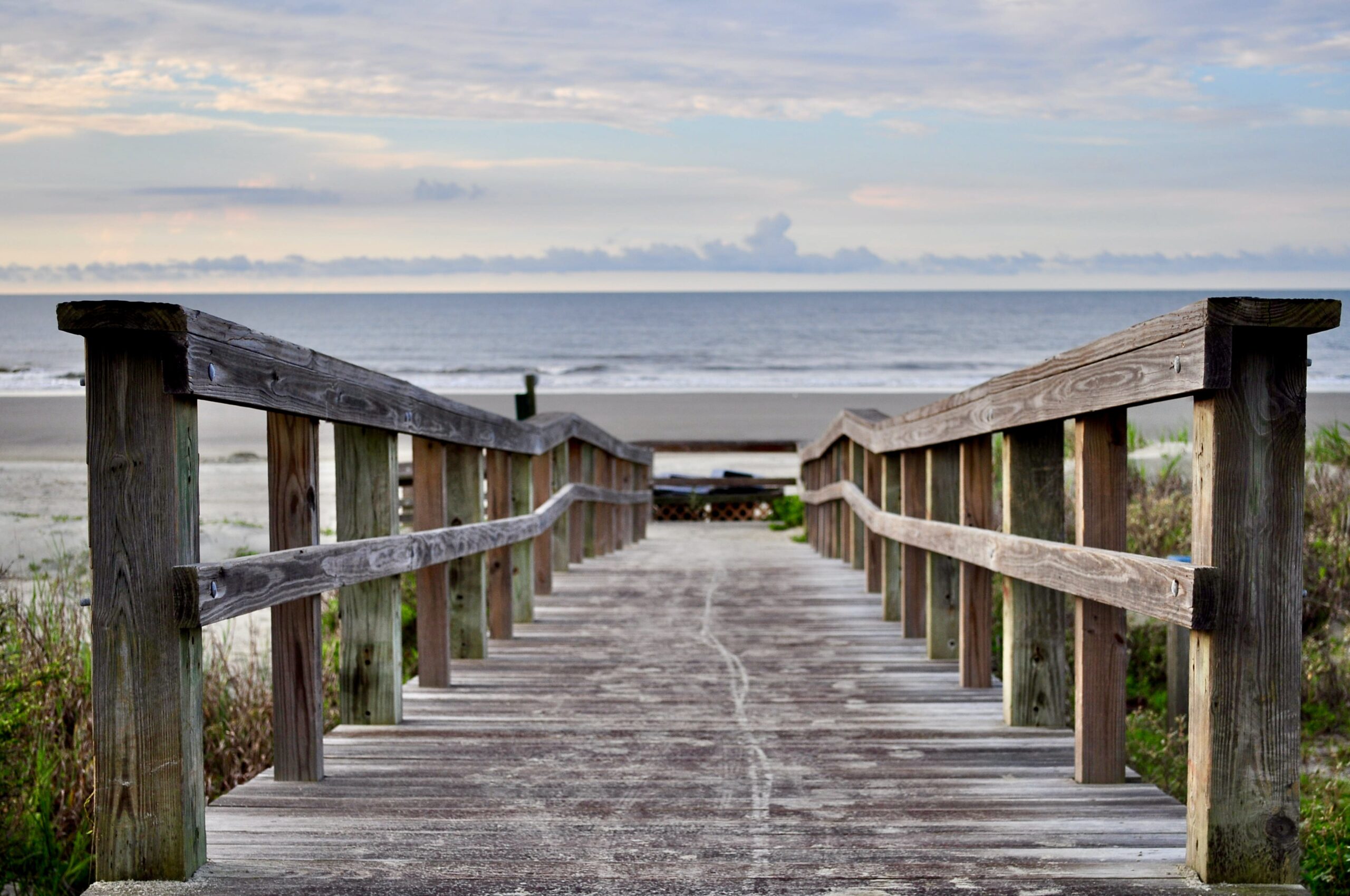Turtle Patrol: Nesting Season
August 14, 2020

Summer days on Kiawah’s wide beach draw hosts of snoozing sunbathers, racing beach cruisers, serious sandcastle architects, not-so-serious bocce competitors, and fearless body surfers, just to name a few. But our summer nights attract a different crowd, equally determined to make the most of their beach visit. During this special time each year, one of the coast’s most beloved and endangered species, loggerhead sea turtles, make their mark — on the sand and in our hearts.
Loggerhead nesting and hatching activity occurs May through October. Nests laid on beaches without a nest protection project have extremely low hatch rates, typically under 10%. On Kiawah, that number jumps to over 70%. While the island’s low density master plan and ongoing conservation education contribute significantly to this success, the dedicated and enthusiastic Turtle Patrol volunteers are the true day-in and day-out heroes of the operation.
Sea turtle monitoring activities on Kiawah Island date back to the early 1970’s. Residents formed the Turtle Patrol in 1989 to officially partner with South Carolina Department of Natural Resources, and it is now one of the largest such programs in the country.
Volunteers serve on the Nesting Patrol or Hatching Patrol (or both), with responsibilities corresponding to assisting turtles during these two critical phases of their lifecycle.
It all starts with mom. Female loggerheads reach maturity at middle age (around 30 years old), mating every two to three years in coastal waters. Under the cover of darkness, she returns to nest on or near the same beach where she herself hatched.
Guided by the soft glow of the moon and constellations, mom navigates the beach to locate the perfect spot to furtively dig a nest and deposit her precious cargo. Female loggerheads are understandably cautious, easily frightened off by loud noises or activity. Everything has to be just right or she’ll turn around and slip back into the sea. Once she’s carefully selected a site, she uses her back flippers to dig a hole about 20 inches deep; and then lays 100 to 150 golf-ball shaped eggs. She’ll meticulously cover the nest with sand and make her return to the water. The entire process takes about 75 minutes. She’ll lay several nests per season — about two weeks apart — May through August.
Over these months the Nesting Patrol is on duty, searching out and marking new turtle nests, recording their locations, and providing initial anti-predator protection. Every morning they meet at Kiawah’s Town Hall garage by 6 a.m. to grab the necessary supplies and jump in the one and only “Turtle Truck”.
Launching from Beachwalker Park, they drive the entire beach starting at Captain Sam’s Spit on the west end, traveling past Timbers Kiawah, and going as far east past the famed Ocean Course clubhouse as possible, depending on the tides. (The most eastern tip of the island, Sandy Point, is handled by SC DNR.) Usually there are five people aboard. These days, due to COVID-19 safety measures, only the driver and one other volunteer can be in the truck. Turtle nests can be hard to find, so this summer experienced Nesting Patrollers are also walking assigned zones to assist in the search. The extra diligence has paid off, 329 nests have been identified as of August 1st.

How do they know where to look? Well, weighing in between 175 and 350 pounds, mama loggerhead makes an impression, literally. Her incoming and outgoing tracks across the sand are called a “crawl”. Turtle tracks are species specific; with loggerhead crawls being more staggered, asymmetrical, and curvy compared to those left by a leatherback, green, or Kemp’s ridley turtle.
When a nest is discovered in a precarious location, say mid-beach where it could be washed away by the tide, or in a high traffic zone near beach chairs or recycle bins, the volunteers relocate the eggs to a safer spot. To do this, they dig a new nest as close as possible to the original, in the same inverted light bulb shape, at the exact same depth.
Wearing gloves, a designated Nesting Patrol volunteer delicately moves the eggs. Using only their thumb and pointer finger, mimicking a mechanical arm you’d try to grab a prize with, they reach over the nest, go straight down, get a single egg, go straight back up, and straight over to place it in a bucket. This rigorous process is important not only because the eggs are fragile but also to maintain the yolk’s orientation inside. They replicate this action to move the eggs from the bucket to the new nest. Bonus: the method ensures the eggs end up back in the order they were originally laid.

Every nest is marked with both a white post made of PVC pipe and a red flag, each displaying the nest number (in the order it was discovered). Their positions relative to each other communicate nest conditions from a distance to other volunteers. If warranted, a member of the Nesting Patrol will place a 4×4 foot plastic screen over the nest area to protect it from mammalian predators (raccoons, coyotes, etc.). The mesh openings are about an inch and a half wide, allowing hatchlings to crawl through unassisted when they emerge.
Beyond all this physical effort, the Nesting Patrol puts even more attention into data collection in the name of science. An egg or shell fragment must be retrieved from each nest for genetic testing. Nest identification cards are used to record the GPS location, species, nest number, relocation details, and other pertinent details. The information on these cards is entered into a database on SeaTurtle.org and shared with DNR. Then the cards themselves are passed along to the zone captains of the Hatching Patrol so their volunteers can estimate when nests are ready to hatch and see them through the rest of the way.
South Carolina’s first loggerhead nest of 2020 was discovered May 4th on Kiawah, and on July 15th we were also blessed with the state’s first loggerhead hatching for the year. This article is the first of a two-part series about the our Turtle Patrol and its vital role protecting these treasured creatures.







